Within the framework of the European project Mines and Water, fourteen students, four professors, and stakeholders from Sweden, Italy, Belgium, and Serbia participated in the third Intensive Study Program (ISP) in Falun, Sweden, which ran from October 2 to October 5, 2023.
The Mines and Water project focuses on how urban development, cultural legacy and visual perception of post-mining and other industrial operations in Europe might be influenced by underground and aquatic surroundings. The partners in the project are: Dalarna University (Sweden), Universita’ Degli Studi Di Bergamo (Italy), Haute Ecole Provinciale de Hainaut - Condorcet (Belgium) and Centar za urbani razvoj UDC (Serbia). Previous ISPs include ISP Belgium 2-6 October 2022 and ISP Serbia 27-31 March 2023. A fourth ISP in Italy (Bergamo) is planned for spring 2024.
The third ISP was hosted by Dalarna University in the city of Falun. Students, professors and stakeholders were engaged in workshops on alternative applications and interpretations of Swedish industrial heritage and new ways to present and popularize the sites over the course of five days. In addition, the students, professors and stakeholders had the chance to learn about the cultural heritage of Sweden.
An interesting walking tour around the city of Falun was guided by Dalarna University`s Professor Daniel Brandt, who spoke about the town`s history and culture, its development and, most importantly, its relation to the mine and the life of the miners. Red painted houses, which are very typical for this part of Sweden, are part of the cultural and industrial heritage of Falun. Another similar activity was hiking around the Falun mine area and exploring the landscape of the UNESCO World Heritage Site. Part of this hiking tour included seeing the lake which was exploited when the mine was active, and also becoming familiar with hiking which is a really important activity in Sweden.
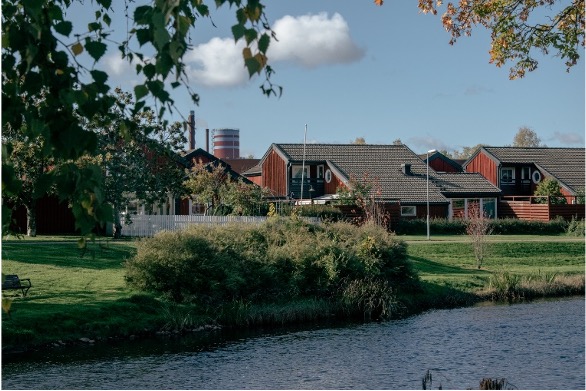
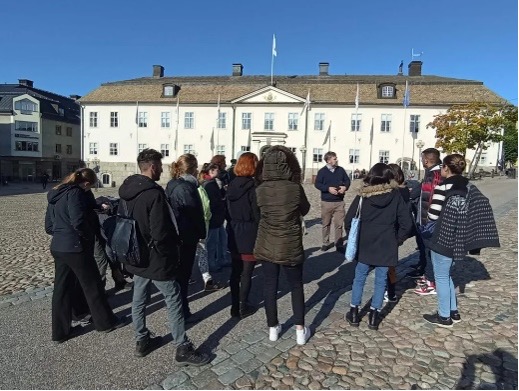
Professor Brandt and ISP Participants in the historic main square of Falun (left); typical red painted buildings (right)
Presentations and lectures formed a large part of the ISP. Two professors had lectures about Tourism Development of Mining Heritage in Bergslagen (Albina Pashkevich) and The Ecological Theory of Perception (Pelle Ekwall) where students learned more about tourism in Sweden and its connection to the industrial heritage, and also how people (tourists and locals) understand cultural and industrial heritage. A presentation of the digital tool, The Tasmajdan Cave virtual tour, which is one of the three project products was held by Rade Milic and Mihajlo Kitevski from the Urban Development Center (Serbia). Students from Belgium (Manon Bonsembiante, Eline Urbain and Margaux Renard) gave a presentation about a website called Izi TRAVEL which they are creating about the tours and places visited thus far within this project (Charleroi, Belgium and Belgrade, Serbia).
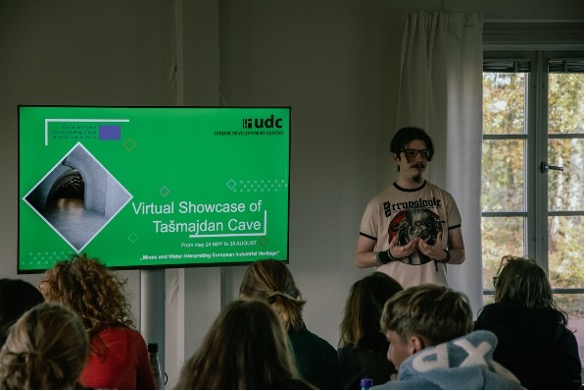
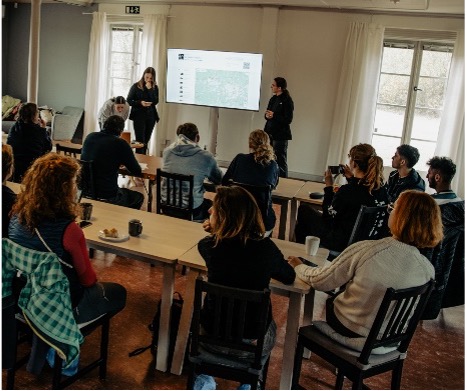
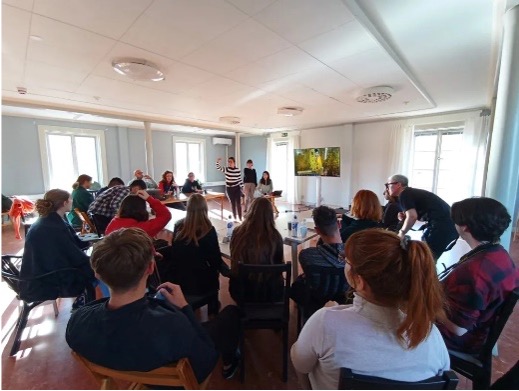
Tasmajdan Cave virtual tour presentation (left) and student presentations (middle & right) to fellow students, professors and stakeholders
Falun Mine (Falu Gruva) is the most important heritage site in the city. The mining area of the Great Copper Mountain is important not only for the local community but for Sweden and Europe. This was the most significant area of mining and metals production by the 17th century. Sweden was the major producer of copper and it had a major influence on the economic, social, technological and political development of the country. The mine was active from at least the 9th century until the late 20th century. All the mining activities left traces on the landscape and the settlement. The Great Pit (Stora Stöten) is the most striking feature of this landscape, which also contributes to the authenticity of the site. This complex was transformed into a museum and opened to visitors. Since 2001 it has been listed on UNESCO's list of World Heritage Sites.
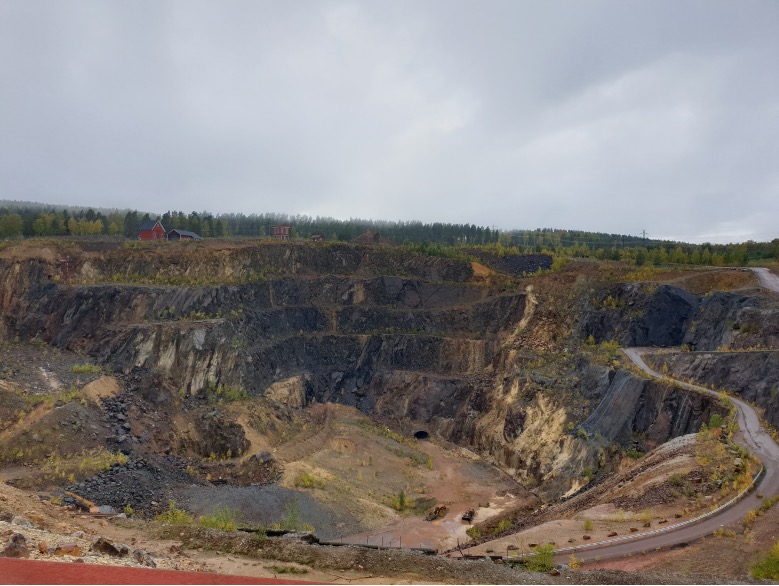
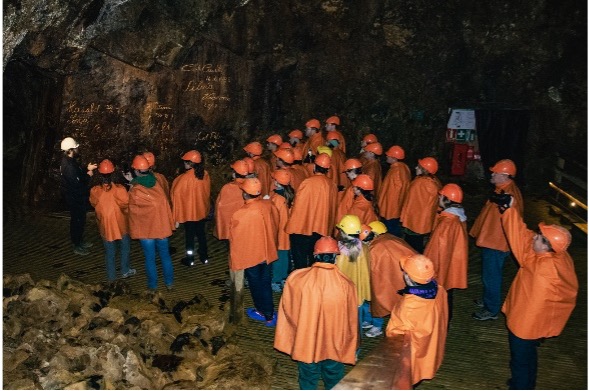
The Great Pit (left); students, professors and stakeholders during mine guided tour (right)
The Mining Museum (Gruvmuseet) was the first technical museum in Sweden with the history of mining in Falun beginning to be documented as early as the 1890s. The exhibition was completely updated in 2017 and today’s museum includes immersive experiences. In the museum you can discover not only the history of the Falun Mine but also the history of Sweden. The museum is interactive so it is both fun and educational. The importance of this mine can be seen through the use of its copper to cover the roof of the 17th century Palace of Versailles in France. In the museum you can find models which represent the copper extraction process and other technical achievements which were used throughout history. The guided tour in the museum “Guiding in a Historical Environment” was hosted by Johanna Nybelius from the Great Copper Mountain Foundation. The students had the chance to learn more about the history of mining, and about new ways to interpret heritage which are used at this site.
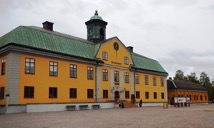
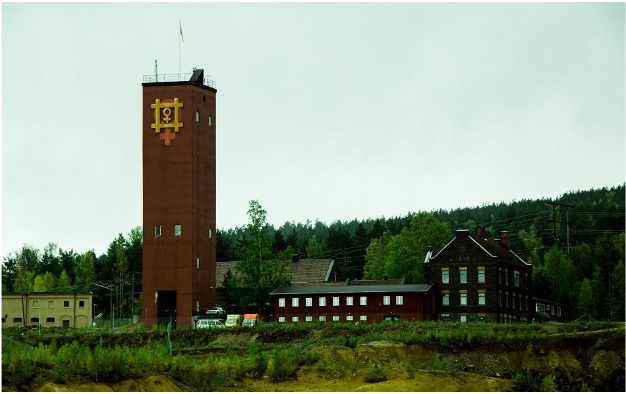
The Mining Museumt (left); other mining buildings in traditional red paint (right)
This was a great opportunity for all the participants to explore other cultures, and learn from one another. The group workshops, presentations and all the visits which were organized as part of this ISP were an important opportunity for all to gain both personal and educational experience about industrial heritage and ways to present it. The students, teachers, and stakeholders learned a lot from one another during the course of the intensive study program's five days while also coming to the realization of how much our shared industrial past actually unites us.
If you want to know more about the Mines and Water project, follow on Instagram wathermines.
For more information, click here
